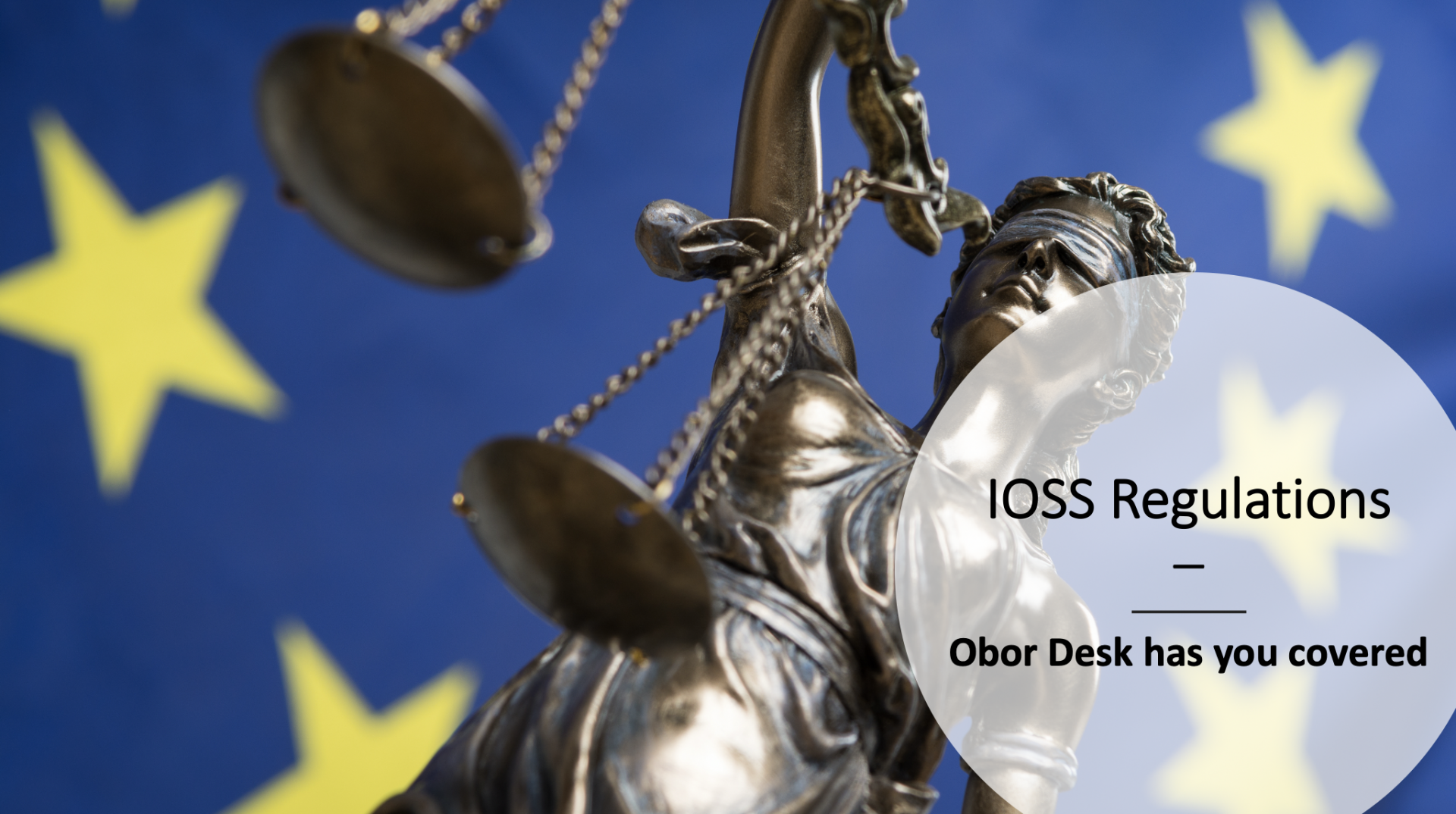
On July 1, 2021, The European Union (EU) changed their Value Added Tax (VAT) and tariff code labeling rules. These changes will mainly affect businesses that operate in the EU. It’s very important for your business to understand these changes and prepare for them so you are not hit with unexpected fees.
What is VAT?
According to the European Commission, VAT is a “broadly based consumption tax assessed on the value added to goods and services. It applies more or less to all goods and services that are bought and sold for use or consumption in the European Union.”
Goods that are sold to customers outside of the EU are not subject to VAT.
What Changes are Being Made?
The EU has been working to change their VAT rules since 2015. Their goal is to ensure that all countries within the EU are receiving correct taxes on products that are coming from countries outside of the EU.
Here are three things you need to know about EU’s VAT changes:
- Fees
Any item that is sold to a country in the EU for less than €22 ($26) used to be exempt from VAT. As of July 1, 2021, any item sold for less than €150 will be subject to VAT.
Items that are sold for more than €150 are still subject to taxes, as they always have been. Those rules and fees are not changing.
- Import One-Stop Shop
Buyers and sellers will likely need to use a tool called the Import One-Stop Shop (IOSS). According to the European Commission, IOSS is “the electronic portal businesses can use since 1 July 2021 to comply with their VAT e-commerce obligations on distance sales of imported goods.”
The IOSS allows online businesses to collect, declare, and pay the VAT themselves, instead of making their customers pay the fee when their order is imported into a country in the EU.
- Tariff Code Rules
As of July 1, 2021, all items that are sold to a country within the EU will need to be delivered with a specific tariff code. The code will provide information about the product, where it is coming from, and where it is going. If an item is shipped without a tariff code, it is likely to be delayed at customs or returned to the sender.
How Does Dropshipping work?
What Does Your Business Need to Do?
The best way to manage these changes is to start collecting VAT every time your business sells an item that is less than €150. This can be done easily by using the IOSS portal, but your business has to be registered in the EU in order to use IOSS. If your business is registered in another country, you can use FedEx, UPS, or an intermediary to collect the VAT on behalf of your business.
Stay up to date with changes that will affect your business by checking the Obor Desk blog regularly!
Written by
Jane Hardt
June 23rd, 2021
